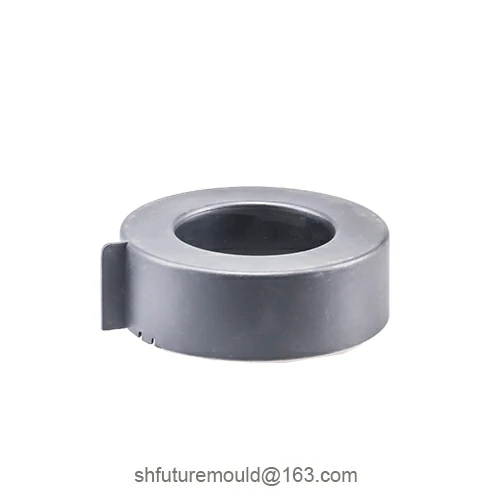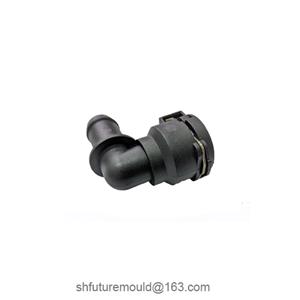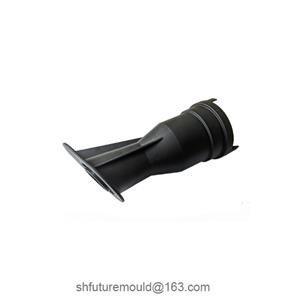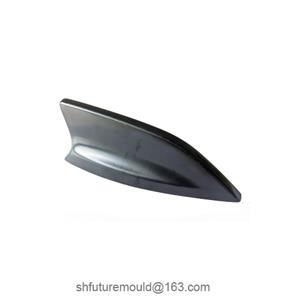Technical Indicators for Injection Molding
Injection molding is a complex manufacturing process that involves many factors that can affect the quality of the final product. To ensure that products meet the required specifications, several technical indicators are used to measure the performance of the injection molding process. These indicators can be broadly categorized into the following areas:
1. Product Quality Indicators
Dimensional Accuracy: This refers to the degree of conformity between the product dimensions and the design dimensions. Generally speaking, the higher the dimensional accuracy, the higher the quality of the product.
Appearance Quality: This refers to the surface finish, color, and absence of defects such as flashes and burrs on the product. The appearance quality of the product should meet the relevant standards and requirements.
Mechanical Properties: This refers to the mechanical properties of the product, such as strength, stiffness, toughness, and impact strength. The mechanical properties of the product should meet the requirements of its intended use.
Electrical Properties: This refers to the electrical properties of the product, such as insulation performance, arc resistance, and high voltage resistance. The electrical properties of the product should meet safety requirements.
2. Production Efficiency Indicators
Cycle Time: This refers to the time required from the start of injection to the molding of the product. The shorter the cycle time, the higher the production efficiency.
Qualified Product Rate: This refers to the proportion of qualified products in the total production. The higher the qualified product rate, the higher the production efficiency.
Scrap Rate: This refers to the proportion of unqualified products in the total production. The lower the scrap rate, the higher the production efficiency.
3. Mold Life Indicators
Mold Cycle: This refers to the number of times the mold can be used. The longer the mold cycle, the longer the mold life.
Mold Repair Rate: This refers to the frequency of mold repairs during use. The lower the mold repair rate, the longer the mold life.
4. Other Technical Indicators
Energy Consumption: This refers to the energy consumed during the injection molding. The lower the energy consumption, the lower the production cost.
Environmental Indicators: This refers to the impact of waste gas, wastewater, and waste materials generated during the injection molding process on the environment. Ecological indicators should meet relevant environmental standards and requirements.
- Injection Mold
- Automotive Injection Mold
- Electronics & Electrical Injection Mold
- Consumer Goods Injection Mold
- Airplane Components Injection Mold
- Medical Components Injection Mold
- Irrigation Components Injection Mold
- Injection Molds




